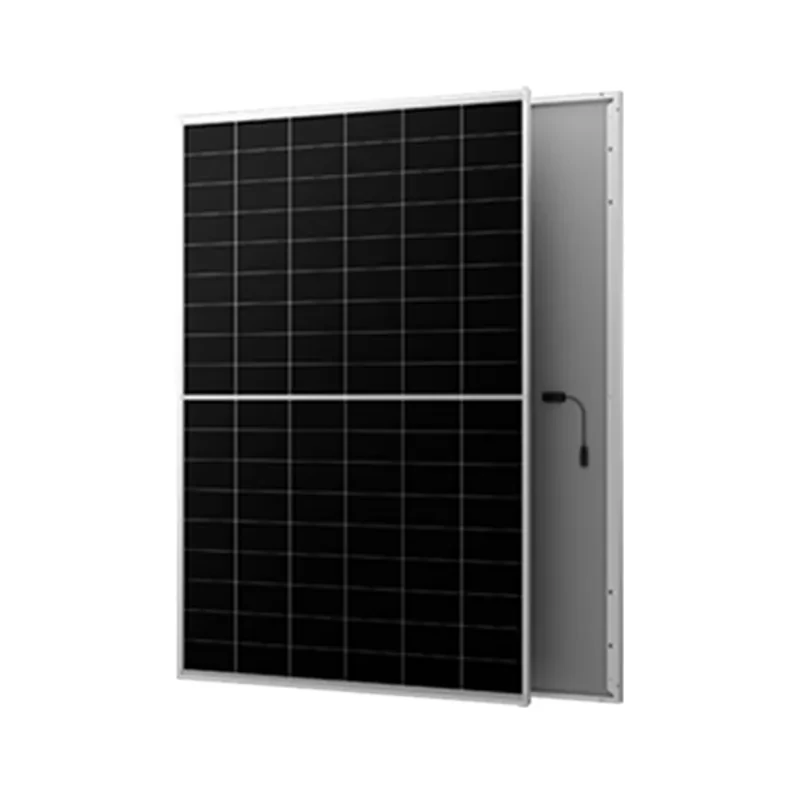typical solar panel dimensions
Understanding Typical Solar Panel Dimensions
As renewable energy solutions gain traction worldwide, solar panels have become a crucial component in the transition to sustainable energy systems. With their ability to harness sunlight and convert it into electricity, solar panels are increasingly being integrated into residential, commercial, and utility-scale installations. Understanding the typical dimensions of solar panels is essential for anyone considering solar energy, whether for a small home or a large industrial project.
Standard Dimensions of Solar Panels
Most solar panels on the market today follow a standardized size that simplifies installation and optimizes efficiency. The most common type of solar panel is the monocrystalline panel, which is usually rectangular in shape. The typical dimensions of a monocrystalline solar panel are about 65 inches by 39 inches (approximately 1.65 meters by 1 meter) for residential installations. This size allows for easy handling and installation on rooftops or ground-mounted systems.
Another popular option is the polycrystalline solar panel, which is often slightly larger, generally measuring around 66 inches by 40 inches (approximately 1.68 meters by 1.02 meters). Though the size varies slightly between brands and manufacturers, these dimensions represent a widely accepted standard, making it easier for customers to compare products.
Solar Panel Efficiency and Output
The efficiency of solar panels is not solely determined by their dimensions. While larger panels typically have a greater surface area for capturing sunlight, efficiency ratings—expressed as a percentage—indicate how well a panel converts sunlight into usable electricity. Most modern solar panels have efficiency ratings between 15% to 22%. High-efficiency panels may be larger but offer better performance, making them especially advantageous for installations where space is limited.
For example, you might opt for a more compact high-efficiency panel if your roof space is constrained. Conversely, if you have ample space, a larger panel with a standard efficiency rating may be more cost-effective. It's crucial to balance size, efficiency, and your specific energy needs when selecting solar panels.
Factors Influencing Solar Panel Dimensions
typical solar panel dimensions

Several factors influence the choice of solar panel dimensions for any given installation. These include
2. Aesthetic Considerations The look of solar panels can be a concern for homeowners. Smaller, sleek panels may be preferred in residential areas for aesthetic harmony with the building structure.
3. Budget Larger panels generally have a higher upfront cost, but they may yield a better return on investment through higher electricity production over their lifespan.
4. Local Regulations Zoning laws and building codes can stipulate maximum sizes for solar installations, affecting the dimensions of panels that can be used.
5. Installation Type Whether a panel is roof-mounted, ground-mounted, or integrated into building materials can influence the choice of size. For instance, building-integrated photovoltaics (BIPV) may have custom dimensions tailored to fit architectural designs.
Conclusion
In conclusion, typical solar panel dimensions play a significant role in the implementation of solar energy systems. With monocrystalline panels typically measuring around 65 inches by 39 inches and polycrystalline panels slightly larger, understanding these measurements is a starting point for anyone interested in solar power. When combined with factors such as efficiency ratings, available space, and budget, consumers can make informed decisions about their solar investments. As technology continues to advance, the dimensions and efficiencies of solar panels will also evolve, making solar energy an increasingly viable and attractive option for all types of users in the quest for sustainable energy solutions.
-
String Solar Inverter: The High-Efficiency Solution for Smart Solar EnergyNewsJul.14,2025
-
Revolutionizing Rooftop Energy with the Power of the Micro Solar InverterNewsJul.14,2025
-
Power Independence with Smart Off Grid Solar Inverter SolutionsNewsJul.14,2025
-
On Grid Solar Inverter: Powering the Future with Smart Grid IntegrationNewsJul.14,2025
-
Monocrystalline Solar Panels: High-Efficiency Power for the Future of Clean EnergyNewsJul.14,2025
-
Bifacial Solar Panel: A Smarter Investment for Next-Generation Energy SystemsNewsJul.14,2025







